Photographs: Pawan Kumar/Reuters John Chambers
Cisco's CEO, John Chambers says India's urban planners urgently need to think innovatively to prepare for the unprecedented migration from villages that is expected over the next decade.
In a fast-urbanising world, India is setting the pace. Over the next ten years, more than one hundred million Indians will move from villages to cities, seeking schools for their children, health care for their families, and jobs for themselves.
With more than 833 million people still living in the country’s 640,000 villages, this unprecedented exodus will only accelerate.
“Mass urbanization” is an abstract concept, but one piece of data may help illustrate the enormity of changes ahead: India today has only 20 per cent of the total floor space it will need by 2030 to accommodate the millions expected to migrate to its cities.
…
How smart cities can transform India's future
Image: Mumbai city skyline.Photographs: Tinesh Bhasin/Rediff
Put another way, India must build a staggering 900 million square meters of new urban residential space in less than twenty years. Without radical innovation, expansion on such scale will place an unsustainable strain on the environment.
I visit India regularly and always return with deep admiration for its people’s optimism and work ethic.
In the world’s largest democracy, change often happens slowly, and it can seem messy and chaotic. But I have no doubt change will come to India. Its people will face up to their problems and get the solutions right.
As India devises those solutions, however, it would do well to embrace some basic principles of successful development. The first is open standards.
...
How smart cities can transform India's future
Image: Cisco Systems, Bangalore.Imagine the savings in energy costs, carbon emissions, and water that could be realized by adopting global open standards such as Leadership in Energy and Environmental Design (LEED).
At our offices in India, we’ve already implemented LEED standards at their highest levels, dramatically reducing energy usage compared to our buildings in the United States.
Another challenge is traffic. By 2020, motor vehicle traffic in India is expected to increase fivefold - and yet, over that same period, the nation’s highway network is projected to grow by only 4 per cent per year.
At Cisco we like to say, “Don’t commute to compute.” We have launched a number of initiatives around the world to make it easier for people to get work done without having to move around and consume energy resources. South Korea, for example, has adopted a plan to create 450 “smart work centers” by 2015.
...
How smart cities can transform India's future
Image: A schoolboy uses his cell phone to take a picture of classmates hanging onto cement roots at Nek Chand's Rock Garden in Chandigarh.Photographs: Andrew Caballero/Reuters
Based on open platforms, these centers will result in $1.3 billion savings in transit expenses with a reduction of 1.1 million tons in carbon emissions. Telecommuting can save money and reduce traffic, but only if the digital and energy infrastructure is reliable.
As the country develops, it must employ smart planning techniques and make targeted investments in its cities.
To date, in post-independence India, the only major cities created are the capital cities of Chandigarh and Gandhinagar.
Indian planners are looking to change the economic face of the nation through the Delhi–Mumbai Industrial Corridor (DMIC).
...
How smart cities can transform India's future
Photographs: Andrew Caballero/Reuters
As part of this $90 billion undertaking, the world’s largest infrastructure project, India will build twenty-four new cities across fifteen hundred kilometers, improving the living standards of 180 million people.
When completed, DMIC will create a center of global manufacturing and trade supported by world-class infrastructure.
Cisco is working with DMIC to provide master planning and information and communications technology, as well as offering citizen services including education, transportation, and public safety and security, all while creating and supplying a new digital urban infrastructure from the ground up.
DMIC will reduce the time it takes to ship goods between Delhi and Mumbai from fourteen days to a single day, allowing the government to work toward its goal of increasing the share of India’s GDP created through manufacturing from 15 per cent to 25 per cent by 2022.
...
How smart cities can transform India's future
Image: DMIC Map.DMIC, which aims to generate one hundred million new manufacturing jobs, is a powerful example of how visionary leadership can transform communities and cities. India needs more such examples.
Unfortunately, technology is often an afterthought for city planners and real estate developers. When cities were built in the United States, gas and water were cheaply available and cities were designed mainly for cars, not people.
Today, it is possible to create smart cities with intelligent networks that manage basic citizen services and replace sprawling concrete jungles fit only for cars with spaces that are walkable, bikeable, and livable.
By embracing smart regulation, India can leapfrog less productive traditional stages of development and benefit from best practices employed all over the world.
Smart regulation, exemplified by the potential of India’s Unique Identification project, can accelerate how technology at scale enables sustainable growth.
...
How smart cities can transform India's future
Image: A Namma Metro (Kannada for "Our Metro") train travels along an elevated track as traffic passes below in the Indira Nagar area of Bangalore.Photographs: Vivek Prakash/Reuters
Public-private partnerships should also play a critical role in providing the talent to build and run these new cities - and they are not as complex as many think.
At Cisco, we call our NetworkingAcademy program “the world’s largest classroom” because we have trained more than 4.25 million students worldwide. In India alone, we have 197 academies that provide training and certifications to thousands of students.
More is needed. In 2010, India had 500,000 civil engineers and 45,000 architects. That sounds like a lot until you measure it against what’s needed to match projected growth: 4 million civil engineers and 366,000 architects.
Millions of young Indians must be trained and jobs created to address this skill shortage.
...
How smart cities can transform India's future
Photographs: Reuters
Although India has a National Skill Development Fund to help train workers over the next decade, the gap cannot be closed unless industry, academia, and the government work together.
India’s IT industry offers grounds for optimism, having addressed its own challenges by training its workforce in creative ways and completely changing the labor ecosystem.
Urbanization will drive India’s return to the center of the world stage. But to realize that potential, its cities cannot grow in the unplanned way they traditionally have. Instead, India must foster urban spaces that are sustainable economically, socially, and environmentally.
The essential building blocks are visionary leadership buttressed by global open standards, smart regulation, and public private partnerships - all underpinned by technology. As it creates these new cities, India has a chance to be the model for twenty-first-century civilization.
Excerpted with permission from Reimagining India: Unlocking the Potential of Asia’s Next Superpower, Edited by McKinsey & Company (Simon & Schuster)

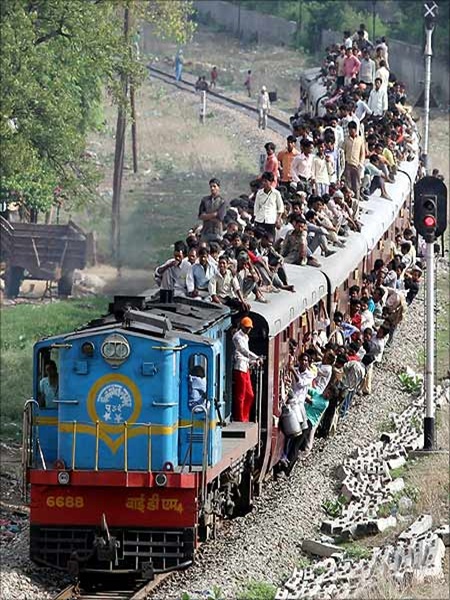

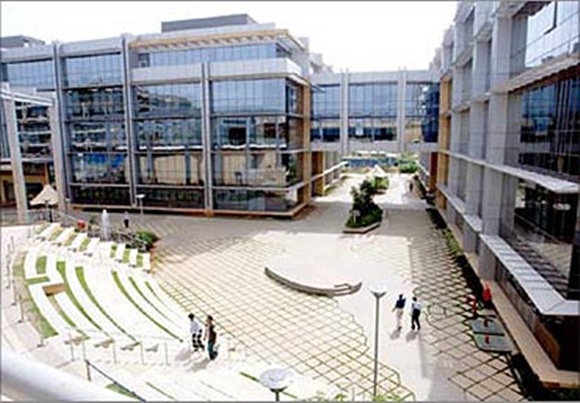

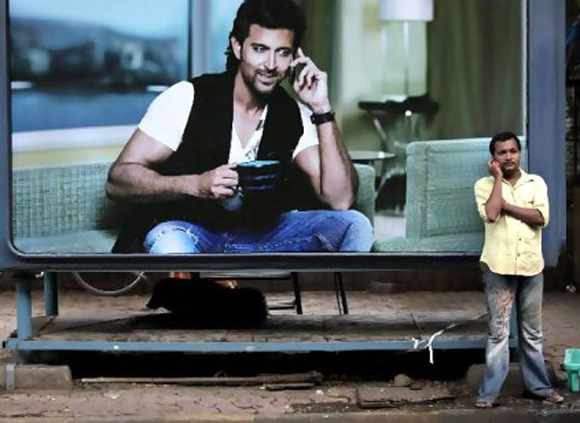
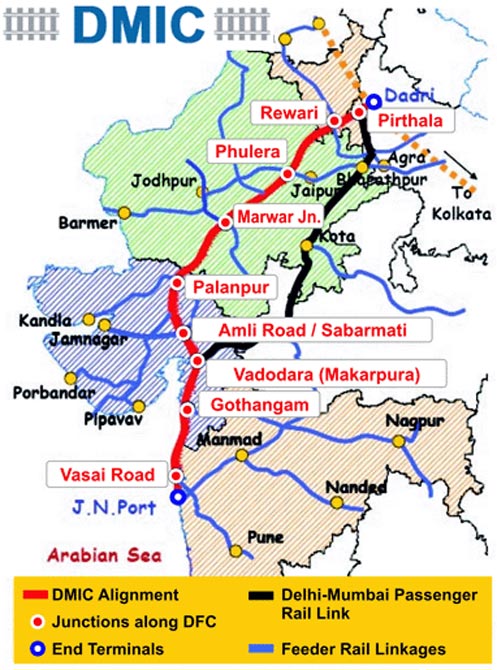

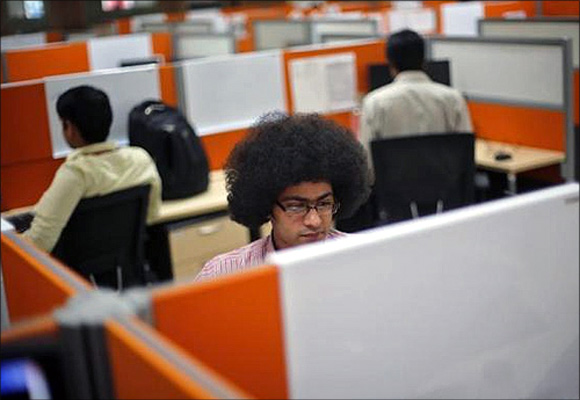

article